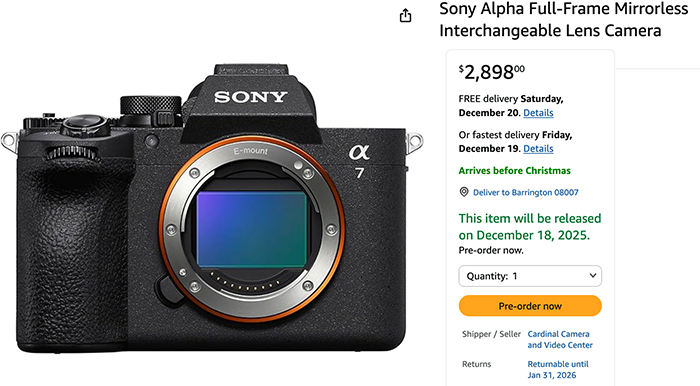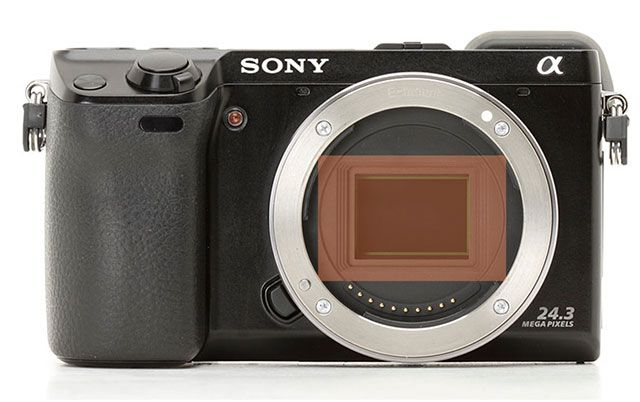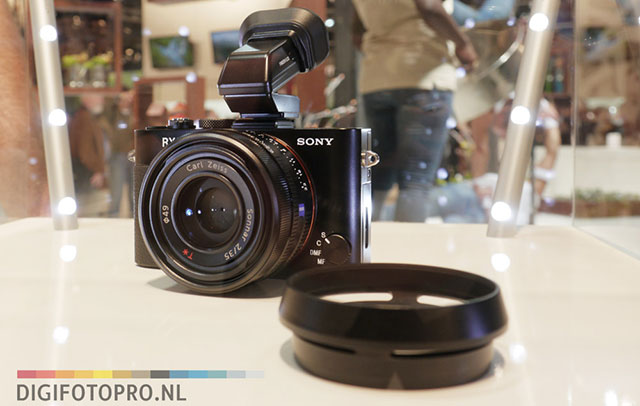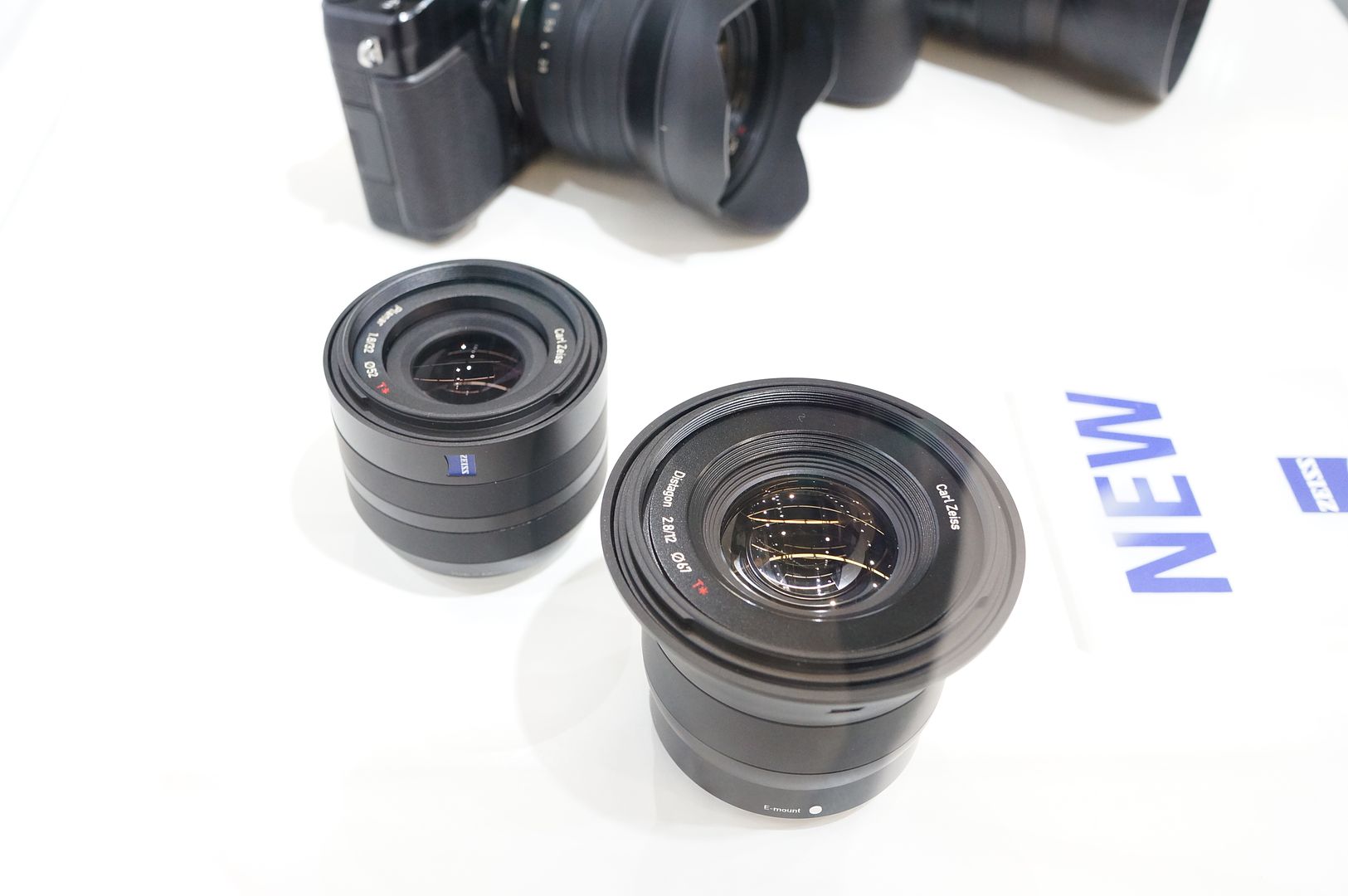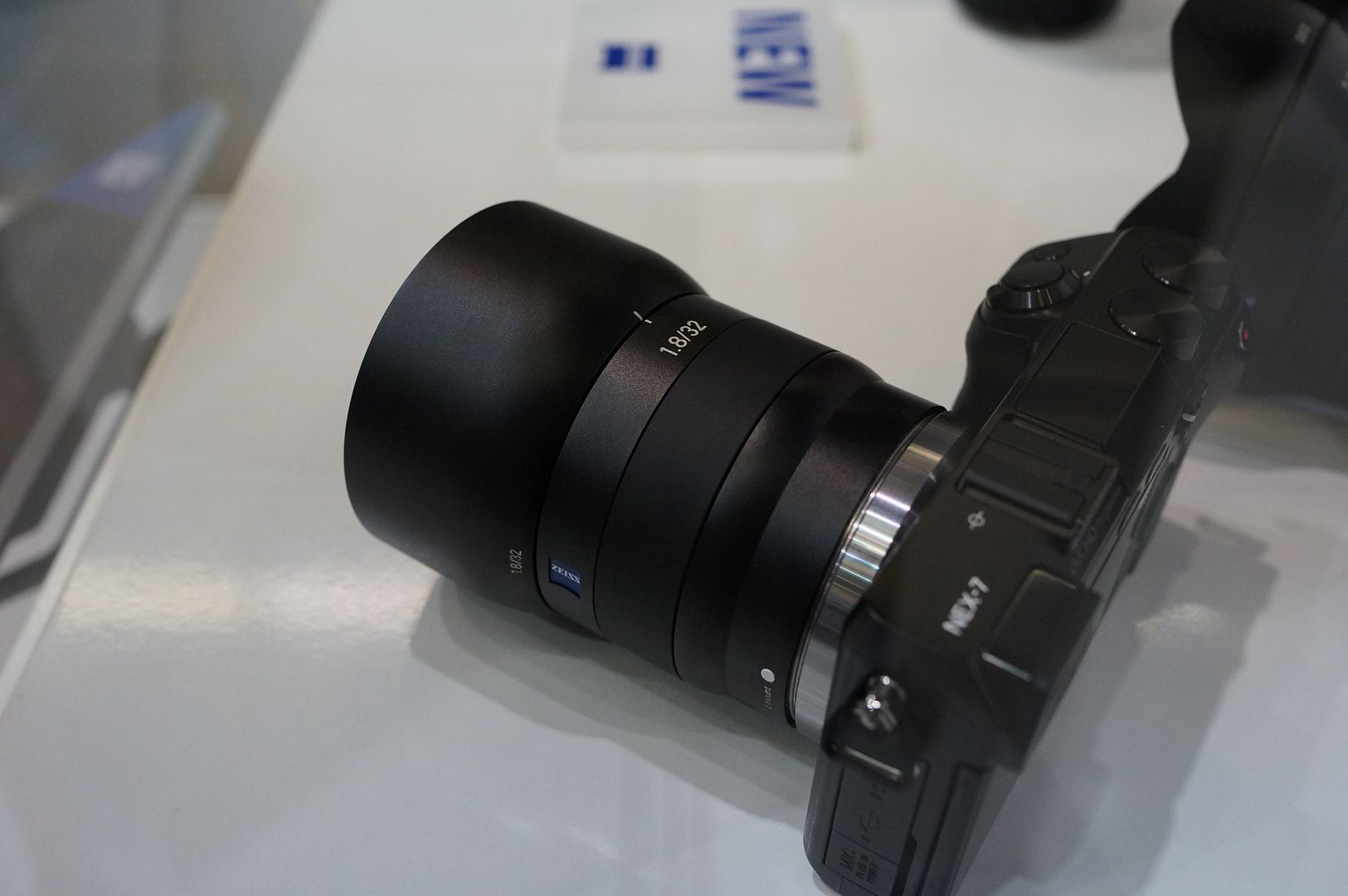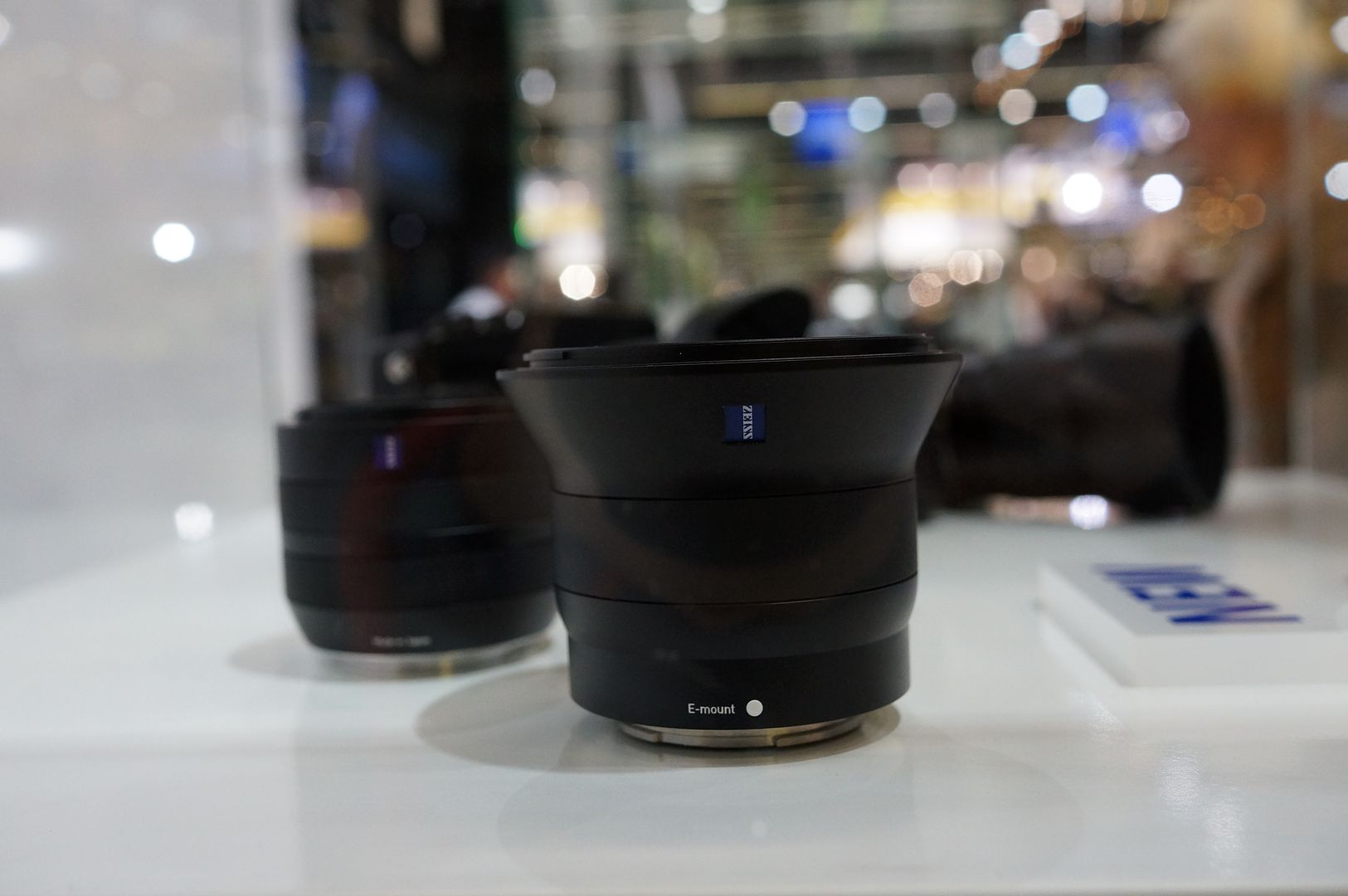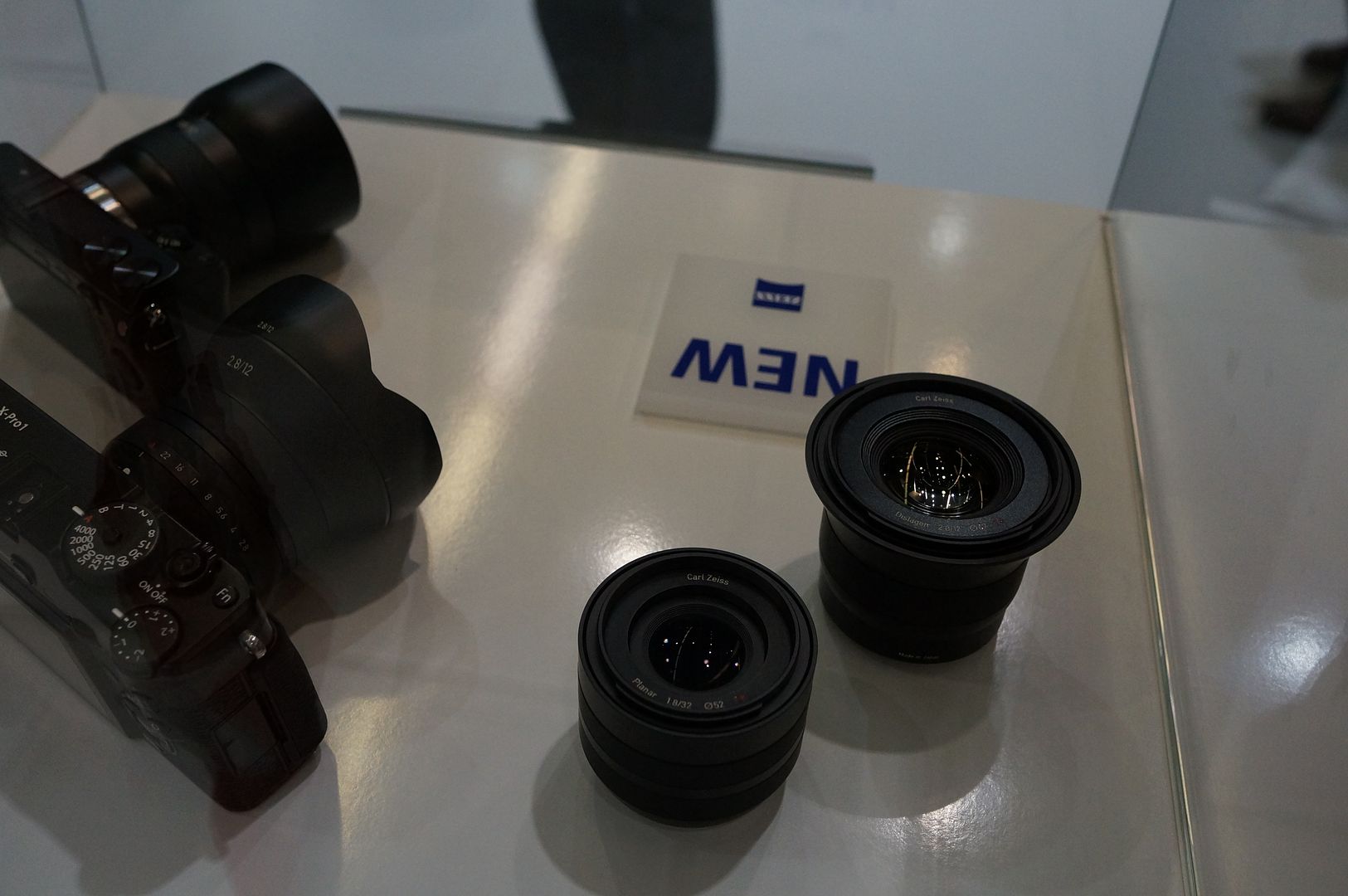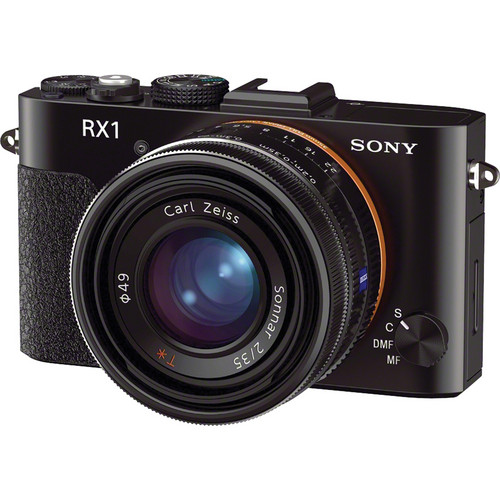
The RX1 specs, price and preorders are available at Amazon, Adorama, BHphoto, Wex UK ,Wex Germany.
Amateur Photographer published an interview with Fuji and they strongly talk about the Full Frame mirrorless camera future. For Fuji it’s clear that there is a demand for full-frame mirrorless cameras. And when asked about the Sony RX1 Fuji’s X-series designer, Masazumi Imai, told AP: ‘I think many customers want a bigger sensor with first rate design. Sony’s answer is the RX1. Of course, I like that kind of camera but it is completely different to our series because the design is too modern.‘
In short, Fuji says there is a market for Full Frame compact cameras although it looks like they want to have such a camera with interchangeable mount. Sony really should hurry to deliver us the NEX-9 FF as soon as possible otherwise Fuji may will steal us the show. P.S.: I consider the new Leica M (Click here to see specs) and Leica ME camera too expensive and feature wise not on top of the market. They are playing in another league.
P.S.: Dearsusans wrote a nice article writing the PRO and CONS of the RX1. Check it out!
—
Sony preorder list:
A99 body Amazon, Adorama, BHphoto, Jessops, Wex UK, Wex Germany, Sonystore DE–UK–FR–IT–ES–NL–SE–FI–CH and more links at Alphacameradeals.
A99 with kit lens links Alphacameradeals.
RX1 Amazon, Adorama, BHphoto, Wex UK ,Wex Germany and more links at Alphacameradeals.
NEX-6 body Amazon, Adorama, BHphoto, Wex UK, Wex Germany Sonystore DE–UK–FR–IT–ES–NL–SE–FI–CH and more links at Alphacameradeals.
NEX-6 with kit lens Amazon, Adorama, BHphoto, Jessops, Wex Uk ,Wex Germany and more links at Alphacameradeals.
NEX-VG900 Amazon, BHphoto, Sonystore DE–UK–FR–IT–ES–NL–SE–FI–CH, Wex Uk and more links at Alphacameradeals.
NEX-VG30 Adorama, Amazon, BHphoto, Wex UK, Sonystore DE–UK–FR–IT–ES–NL–SE–FI–CH, and more links at Alphacameradeals.
Sony E-mount 16-50mm Amazon, Adorama, BHphoto, Wex UK, Sonystore DE–UK–FR–IT–ES–NL–SE–FI–CH, and more links at Alphacameradeals .
Sony E-mount 35mm Amazon, Adorama, BHphoto, Wex UK, Sonystore DE–UK–FR–IT–ES–NL–SE–FI–CH, and more links at Alphacameradeals.
Sony E-mount 10-18mm Amazon, Adorama, BHphoto, Wex UK, Sonystore DE–UK–FR–IT–ES–NL–SE–FI–CH, and more links at Alphacameradeals.
Sony A-mount 300mm f/2.8 Amazon, BHphoto, Sonystore DE–UK–FR–IT–ES–NL–SE–FI–CH.

